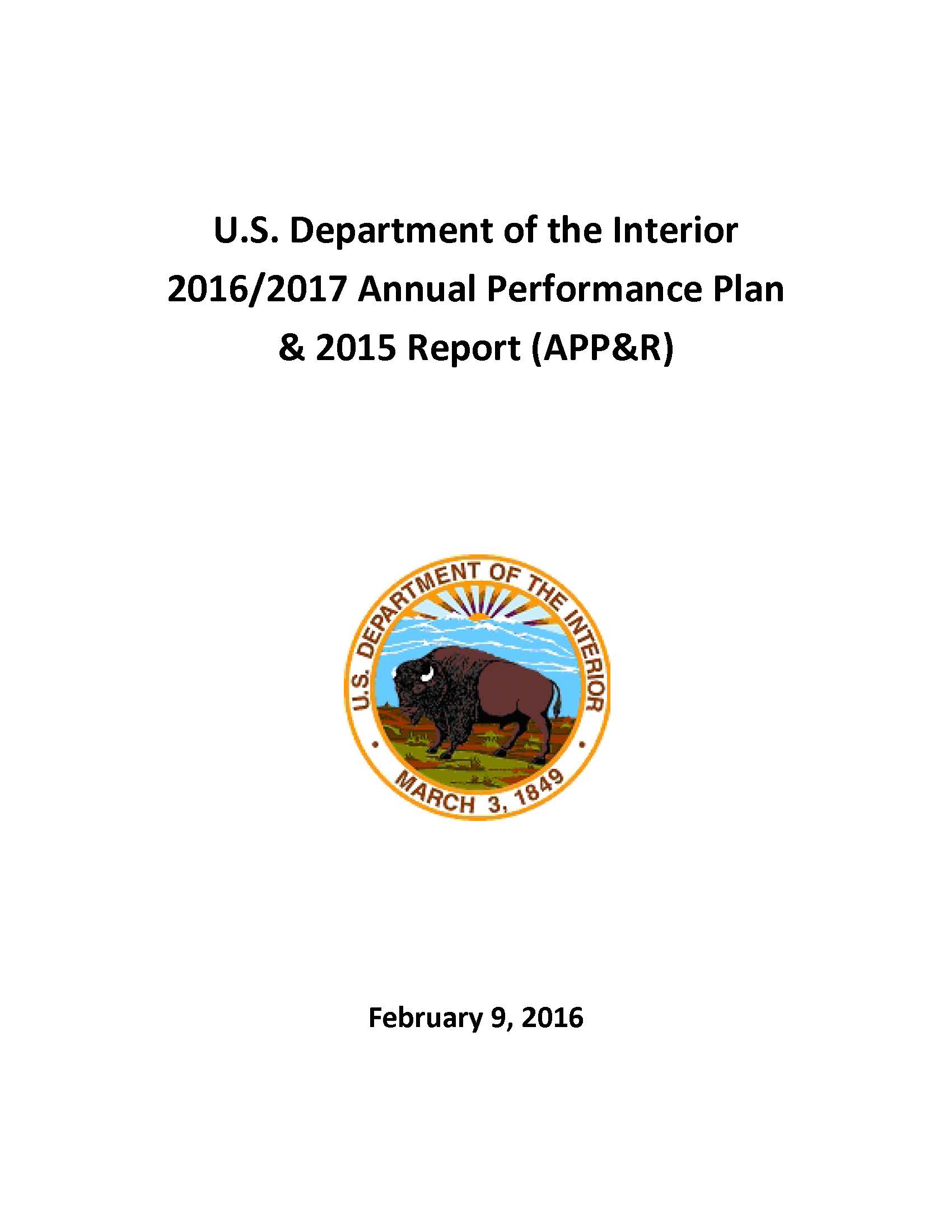- Home
- Agencies
- Department of Agriculture
- Department of Housing and Urban Development
- General Services Administration
- Department of Commerce
- Department of the Interior
- National Aeronautics and Space Administration
- Department of Defense
- Department of Justice
- National Science Foundation
- Department of Education
- Department of Labor
- Office of Personnel Management
- Department of Energy
- Department of State
- Small Business Administration
- Environmental Protection Agency
- Department of Transportation
- Social Security Administration
- Department of Health and Human Services
- Department of the Treasury
- U.S. Agency for International Development
- Department of Homeland Security
- Department of Veterans Affairs
- Goals
- Initiatives
- Programs
Primary tabs
Key to Changes
This text is Revised text
This word has been added to the text
This text is Last Published text
This word has been removed from the text
Modifed styling with no visual changes
FY 16-17: Agency Priority Goal
Climate Change Adaptation Management
Priority Goal
Goal Overview
Problem or opportunity being addressed
Interior established policy emphasizing the importance of considering and analyzing potential climate change impacts in long-range planning exercises. These plans evaluate risks to and vulnerabilities in bureau operations and missions, and outline actions to manage these in the short- and long-term. Interior continues to develop, implement and update comprehensive plans to integrate consideration of climate change science and response strategies to make the nation’s communities, watersheds, and natural resources more resilient, and safeguard our cultural heritage.
Relationship to agency strategic goals and objectives
The Secretary of the Interior identified the effects of climate change as a challenge affecting missions across Interior, just as the President identified in his Climate Change Action Plan Policy and Executive Order 13514 (October 5, 2009) and “Preparing the United States for the Impacts of Climate Change” (November 1, 2013). (https://www.whitehouse.gov/climate-change) Interior has developed Climate Change resilience policies and strategies providing principles and guidance to bureaus and offices for addressing climate change impacts on Interior’s mission, programs, operations and personnel. (See https://www.doi.gov/climate).
Key barriers and challenges
Understanding, communicating, and responding to the diversity of impacts associated with climate change across the various landscapes of the United States is an ambitious undertaking. Identifying similar terminology and means of measurement, engaging in collaborative communications with partners both within and outside Interior, obtaining adequate scientific understanding, and integrating various datasets and information sources are just some aspects of this effort that are already underway, and each of these activities is challenging.
Stakeholder Engagement
Climate Science Centers and Landscape Conservation Cooperatives engage Interior and other Federal agencies, local and State partners, and the public to design practical, landscape-level strategies for managing climate-change impacts. Interior is building the scientific and organizational infrastructure to work with partners to develop adaptation tools and coordinate climate-change responses at the landscape level. Interior is partnering to develop state-of-the-art strategies to translate science into adaptive management and to develop robust ecological-forecasting models.
Strategies
Bureaus across Interior are implementing the five climate change adaptation strategies in Interior’s Strategic Sustainability Performance Plan (SSPP) (https://www.doi.gov/greening/sustainability_plan) in accordance with direction from the Council of Environmental Quality (CEQ), the Office of Management and Budget (OMB), and Interior’s policy on climate change adaptation. For this Priority Goal, the bureaus identified a significant representative activity they are implementing for each of the five climate change adaptation strategies. The bureaus assess their progress against four levels of accomplishment. Interior scores these levels of accomplishment, and the sum represents the level to which Interior is implementing these strategies
- Mainstream and integrate climate change adaptation into both agency-wide and regional planning efforts, in coordination with other Federal agencies as well as state and local partners, tribal governments, and private stakeholders;
- Ensure agency principals demonstrate commitment to adaptation efforts through internal communications, training, and policies;
- .Ensure workforce protocols and policies reflect projected human health and safety impacts of climate change;
- Design and construct new or modify/manage existing agency facilities and/or infrastructure with consideration for the potential impacts of projected climate change;
- Update agency external programs and policies (including grants, loans, technical assistance, etc.) to incentivize planning for and addressing the impacts of climate change.
Progress Update
Collectively the Department has scored 263 points on its way to at least 400 points toward mainstreaming policies and procedures that promote climate change adaptation.
The Department created a scorecard based on the strategies to achieve the climate change goal of the Strategic Sustainability Performance Plan (SSPP) to demonstrate progress in implementing the President’s Action Plan for Climate Change. The Department’s bureaus identified representative actions that highlight significant achievement in implementing change in program management to address climate change impacts. The scorecard awards points for progressing through four stages of either developing and issuing a policy or process, or conducting an activity that involves multiple deliverables, individuals, projects, etc. This Priority Goal is a continuation of a previous Climate Change Agency Priority Goal, but with the next phase of climate change adaptation initiatives being tracked.
Bureau actions to implement the climate change goal strategies progressed toward their intended achievements as planned in the third quarter. Almost all of the planned activities by all Departmental bureaus and offices met their expected milestones.
In addition to a small set of bureau-specific climate change adaptation training activities within the goal, all bureaus conducted inventories and planning to document the climate change training needed to address the unique workforce in their bureau.
Next Steps
Bureaus and offices will continue to execute their plans for the set of activities in each strategy.
Bureaus and offices will also review and modify planned schedules as necessary to complete as many activities as possible by the end of FY 2017
The Bureau of Energy and Ocean Management added additional activities that are now being tracked and reported.
Contributing Programs & Other Factors
Contributing Programs within the agency
The Energy and Climate Change Task Force, co-chaired by the Deputy Secretary and Counselor to the Secretary, lead climate change activities across Interior. The Climate Change Working Group, co-chaired by the Special Counselor to the Secretary and the Director of the Office of Policy Analysis, is responsible for day-to-day activities and monitoring. Regional Climate Science Centers and Landscape Conservation Cooperatives provide feedback to the Working Group and the Task Force.
Contributing programs or partners outside the agency
The goal advances the recommendations and efforts of the Climate Change Preparedness and Resilience Council, co-chaired by the White House Council on Environmental Quality, the Office of Science and Technology Policy, and the Homeland Security Advisor to the President (https://www.whitehouse.gov/administration/eop/ceq/initiatives/resilience). The Climate Change Preparedness and Resilience Council ensures that federal agency policies and programs better prepare the U.S. to respond to the impacts of climate change. Interior integrated its climate change adaptation strategies within its Sustainability Plan in response to the policies developed through the Council on Environmental Quality. Interior also works closely with local, state and tribal governments and non-governmental partners through the Landscape Conservation Cooperatives, Climate Science Centers and other regional partnership initiatives.
Strategic Objectives
Strategic Objective:
Improve land and water health by managing wetlands, uplands, and riparian areas
Statement:
Improve land and water health by managing the wetlands, uplands, and riparian areas that comprise our national parks, wildlife refuges, and BLM lands.
Description:
Protecting America’s landscapes and natural resources is among the Department’s high priority conservation goals. The Department manages over 530 million acres of public lands, together with associated waterways and plant and animal species. In addition, the Department provides grant funding to States and Tribes for mitigating the adverse environmental effects of past mining on private lands. Land in desired condition is valued for providing ecosystem services, recreational and scenic merits, and vast open spaces, which contribute to public enjoyment and health. Maintaining or improving the condition of stream and shoreline miles benefits fish populations, enhances wildlife habitat, and contributes to a balanced ecology. The Nation’s forests, mountains, wetlands, grasslands, and deserts host biological diversity that is critical to overall ecosystem health, and species survival and well-being. Protecting the thousands of native plant and animal species, including those with special status under the Endangered Species Act (ESA), preserves the rich natural legacy of this Nation both today and for future generations.
Agency Priority Goals
Statement: Climate change adaptation. By September 30, 2015, the Department of the Interior will demonstrate maturing implementation of climate change adaptation as scored when carrying out strategies in its Strategic Sustainability Performance Plan.
Description: Problem or opportunity being addressed The Department has established policy emphasizing the importance of considering and analyzing potential climate change impacts when undertaking long-range planning exercises. Such plans must evaluate risks to and vulnerabilities in bureau operations and missions, and outline actions to manage these in the short- and long-term. The Department continues to develop, implement and update comprehensive plans to integrate consideration of climate change science and response strategies into operations to help make the nation’s communities, watersheds, and natural resources more resilient, and safeguard our cultural heritage. Relationship to agency strategic goals and objectives The Secretary of the Interior has identified the effects of climate change as a major challenge affecting missions across the Department, just as the President has identified in his Climate Change Action Plan Policy and Executive Order 13514 (October 5, 2009) and on “Preparing the United States for the Impacts of Climate Change” (November 1, 2013). The Department’s Climate Change Adaptation Policy (523 DM 1) provides a set of principles and guidance to bureaus and offices for addressing climate change impacts on the Department’s mission, programs, operations and personnel. The policy also establishes roles and responsibilities for carrying out climate change adaptation principles. Key barriers and challenges Understanding, communicating, and responding to the diversity of impacts associated with climate change across the various landscapes of the United States is an ambitious undertaking. Identifying similar terminology and means of measurement, engaging in collaborative communications with partners both within and outside DOI, obtaining adequate scientific understanding, and integrating various datasets and information sources are just some aspects of this undertaking that are already underway, and each of these activities is challenging. Stakeholder Engagement Climate Science Centers and Landscape Conservation Cooperatives are engaging Interior and other Federal agencies, local and State partners, and the public to craft practical, landscape-level strategies for managing climate-change impacts within the eight regions. The Department is building the scientific and organizational infrastructure to work with partners in the development of adaptation tools and the coordination of climate-change responses at the landscape level. We are partnering to develop state-of-the-art strategies to translate science into adaptive management and to develop robust ecological-forecasting models.










